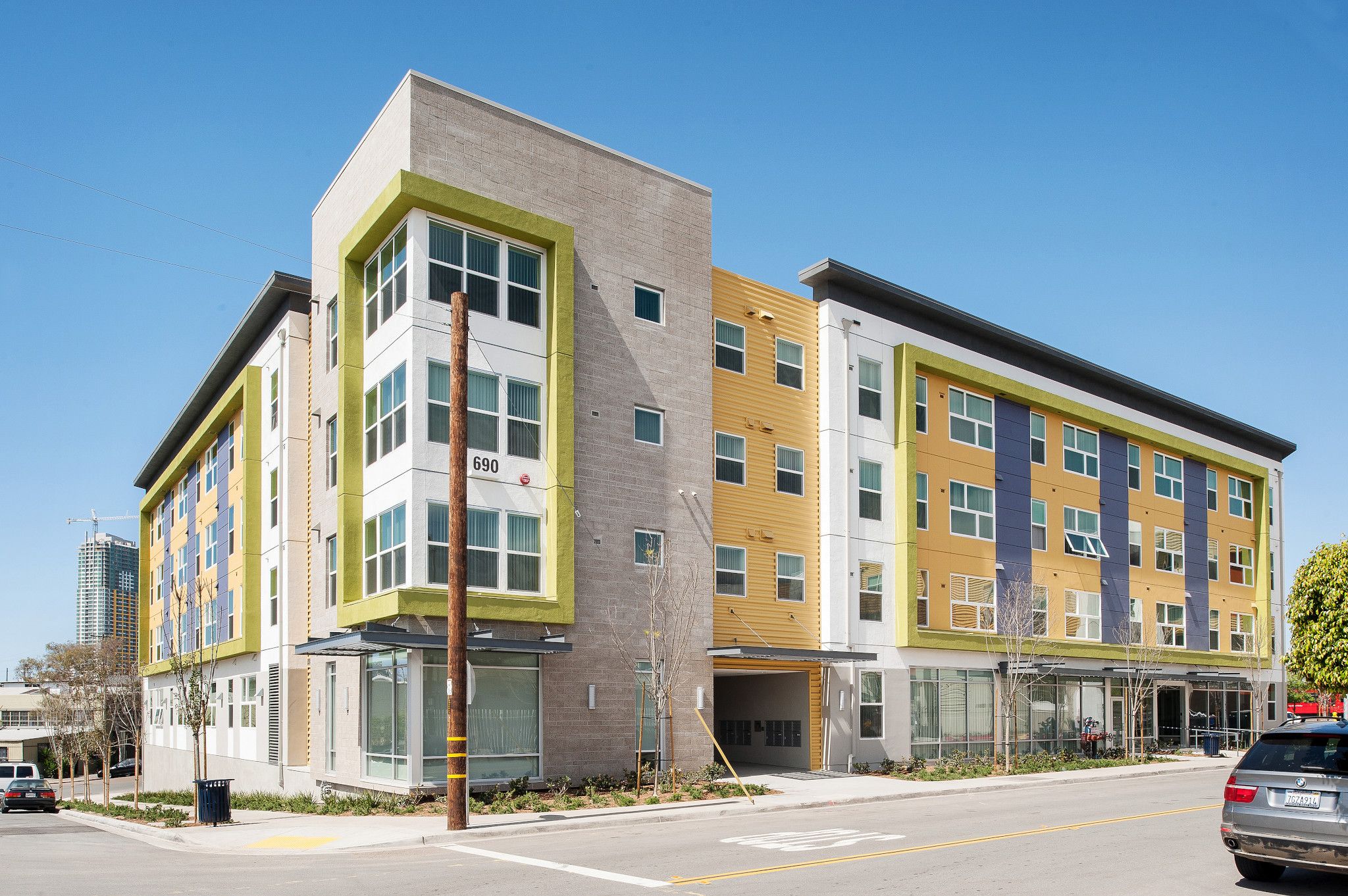The U.S. property management industry stands at a pivotal moment with both challenges and opportunities ahead in 2024. From shifting financial conditions, to expanding prospects, to community maintenance and eco-leadership, property managers face an array of issues that can be resolved with ingenuity, resilience and adaptability.
Financial Trends & Forecasts
The rental housing sector has long been intertwined with broader economic trends, and 2024 is no exception. Recent years witnessed a surge in demand for apartment living, driven by factors including a lack of inventory (NerdWallet) and post-COVID resurgence of multigenerational households (Generations United). As pandemic-era safety nets disappear and credit availability tightens, property managers continue to deal with moderate inflation and rates.
Acquisition Activity
These moderate rates have made value-add acquisition deals less lucrative to potential investors. As a result, planned interior renovations have been scaled back significantly. Exterior paint is a cost-efficient way to freshen up the appearance of your property and make it more attractive to potential buyers without the expense and time needed for a full interior upgrade. In short, consider a new paint job as it has the ability to improve the image and value of your property, enhancing curb appeal and enticing residents.
Supply & Demand
One of the biggest challenges facing property managers in recent years is the imbalance between housing supply and demand. The industry faces an uphill battle in tackling the long-standing inventory crisis, which, according to We Are Apartments, requires building 4.3 million new apartments by 2035 in order to meet rental needs.
In the last few years, the effort to expand apartment inventory has been front and center. From 2020 to 2022, a total of 1.2 million apartments were built (RentCafe), and 2023 added about 573,000 additional units — a 40-year record. While building is beginning to slow down, approximately 443,000 new units are expected to be in place by the end of 2024. (Matthews Real Estate Investment Services).
Chart: RentCafe; Source: Yardi Matrix
That’s good news, right? But here’s where it gets complicated. The influx of new housing has dampened rental prices, as we’ve seen in the last few months. Case in point: the vacancy rate in February 2024 was 6.6% (the highest since September 2020). This means that it’s possible — if not probable — that vacancies will continue through the end of the year (Apartment List), providing renters a wider array of housing options.
In response, properties are beginning to extend accommodations. For example, in January 2024, Zillow reported that nearly 32% of its listings offer concessions – or financial incentives for the renter – a trend that is expected to continue through 2024.
On the other hand, a recent slowdown in new construction permits is expected to reduce 2024 apartment build starts by 20% to 50% (Multi Pro+), which points to a return to lower inventory, renewed demand, and higher rents in 2025.
Drawing & Keeping Quality Residents
Understanding target demographics and each of their evolving preferences is key to thriving in the property management landscape. From Gen Z poised to become the largest percentage of renters, to millennials starting families, to the growing number of older renters, these groups are the core of the rental market. This creates opportunities for property managers to draw high-quality prospective residents and retain current ones by meeting their wants and needs, such as:
Personalization — Every resident wants to feel a sense of home. Helping them to personalize their space will not only make them feel more comfortable, but they will also be more likely to rent your property long-term. Try offering new renters the option to choose a new paint color from a range of pre-approved hues for a room or an accent wall. For current residents, provide the same offer when they renew or after one year of tenancy.
Sustainability —With growing environmental consciousness, opting for low VOC (volatile organic compound) and eco-friendly paint options for your property is becoming increasingly important. More than 100 BEHR® and KILZ® products are GREENGUARD Gold Certified for low VOC, which contributes to cleaner indoor air. Behr Paint continues to invest in the innovation of sustainable products and resources for paint formulations of the future in order to bring products to market that address consumer needs while keeping the environment in mind.
Home Office —The advent of the remote/hybrid work model has profound implications for property managers, reshaping resident expectations and demand patterns. With many homes doubling as workplaces, renters seek flexible living spaces equipped with spare bedrooms and shared workspaces. The hybrid work model is not going away but rather a permanent reality driving demand for multifamily communities that seamlessly blend work and home life. Perhaps offer to paint a room or area that creates a space that fosters focus and productivity. Consider a calming ambiance with BEHR® Paint Colors Watery HDC-CT-26 and White 52, a modern motif using Morning Zen S380-2 and Cracked Pepper PPU18-01, or a more professional look with Lunar Surface N460-3 and Iron Mountain N520-5.
Featuring Watery HDC-CT-26 & White 52
Featuring Morning Zen S380-2 & Cracked Pepper PPU18-01
Featuring Iron Mountain N520-5 & Lunar Surface N460-3
Behr Paint offers a comprehensive Property Owners & Managers Program, providing on-site job walks, specification services, project submittal packages, job-site delivery, and color services such as digital color rendering, color boards, and full-size drawdown samples to help you and your residents better visualize paint colors.
The Road Ahead
As we navigate through 2024, the property management industry must embrace change, from leveraging financial forecasts to catering to evolving resident needs. While uncertainties abound, the rental housing sector remains a strong pillar for continued growth in the commercial real estate landscape.

2024 Property Management Outlook